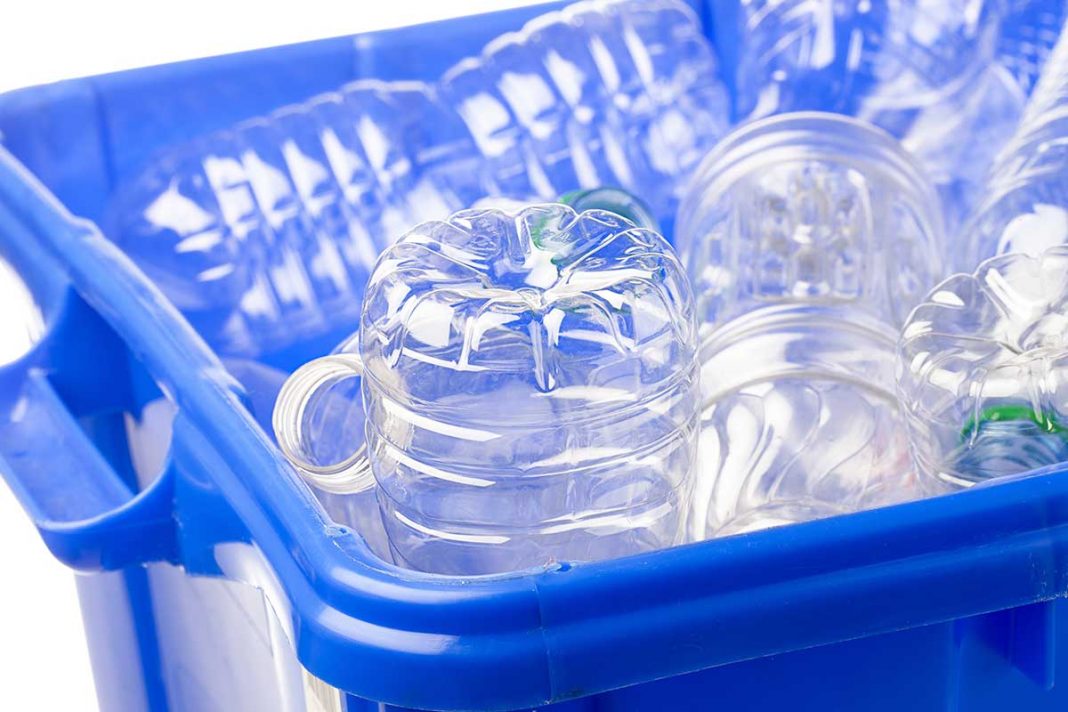TORONTO – Ontario’s draft Blue Box regulation needs to be expanded beyond shifting the cost of the program to producers, according to a joint statement released by a number of environmental groups. The group, which includes Recycling Council of Ontario and Environmental Defence, says the regulation has a narrow scope with low targets and a long transition period and will lead to “millions of more tonnes of single use products and packaging ending up in Ontario parks, lakes, landfills and incinerators.”
Ontario needs to strengthen the regulation by including plastics and packaging that are created by the business and industrial sectors, which are responsible for nearly two-thirds of Ontario’s waste generation and disposal; set high and detailed diversion targets to ensure producers can’t ignore the hardest to recycle materials and to encourage reduction and redesign; include specific recycling standards to make sure that materials are going to the highest and most valuable uses and are free from toxic chemicals and additives; include mechanisms to prevent toxic substances from contaminating recycling systems and recycled materials; and ensure that comprehensive and standardized recycling is available for all Ontarians.
“We’ve got three major concerns,” said Jo-Anne St. Godard, executive director of Recycling Council of Ontario. “We’re praising government for coming out with moving over from cost-share models to producer paid. We think that’s well overdue and we’ve been advocating for that as an organization for some time.”
While they understand that a transition period is necessary, the group is concerned about that period being four years. “What we’re fearful of is that in addition to that long time frame, the government has really only scoped out the program itself or the obligation itself to just that which is consumed at home or residential. We know that the bulk of materials that are ending up in landfills, particularly packaging and within that, plastics, is coming from the industrial, commercial and institutional (ICI) sector, which the regulation at this juncture does not address whatsoever. Government has this golden opportunity to use this regulation, even to set a time frame into the future if they need time to transition, to scope in ICI where really they would have had the most environmental benefit and they failed that.”
There are some very, very low targets, said Ms. Godard. “Why the government didn’t choose to elevate those targets over time to something more meaningful, which is really the backbone to the regulation, is a huge miss and it needs to be corrected over the 45 day consultation period.”
A big concern is found in the section called allocation tables. “We need a conversation with government in terms of its intent,” she said. “There’s a whole section called allocation tables in the regulation itself and the allocation table looks very much to be producers getting around the table allocating the system to each other and coming up with some kind of plan that they submit back to the authority on how they’re going to divvy up the marketplace. To me it sniffs of some potential for collusion.”
The last piece is about something called redistribution, which is the section before the allocation table. “We think the spirit of that section is to provide a credit to producers who wish to choose packaging that has recycled content, which we know is powerful and really important.” The fear is that if producers do choose packaging that contains recycled content, it would give them a credit towards their target which means they could lessen or lower their target because they would be given some kind of credit by using post-consumer recycled content. “On the face of it, it all sounds positive; however, making a claim and then verifying that claim is really the critical piece to having post-consumer recycled content.”
Redistribution also offers the potential for fraud within the system. There is really no way of verifying the claims of producers or brand owners. Without the ability to verify claims of recycled content, the whole system is potentially unfair to those that are paying the bill, she said.
“We have some concerns that are embedded in the regulation. Unfortunately, with extended producer responsibility the devil is in the details and without getting the details correct there could be a lot of market distortion.”
Canadian Environmental Law Association, Citizens’ Network on Waste Management, Health and Environment Justice Support, Toronto Environmental Alliance and Waste Watch Ottawa were the other signatories on the joint statement.






